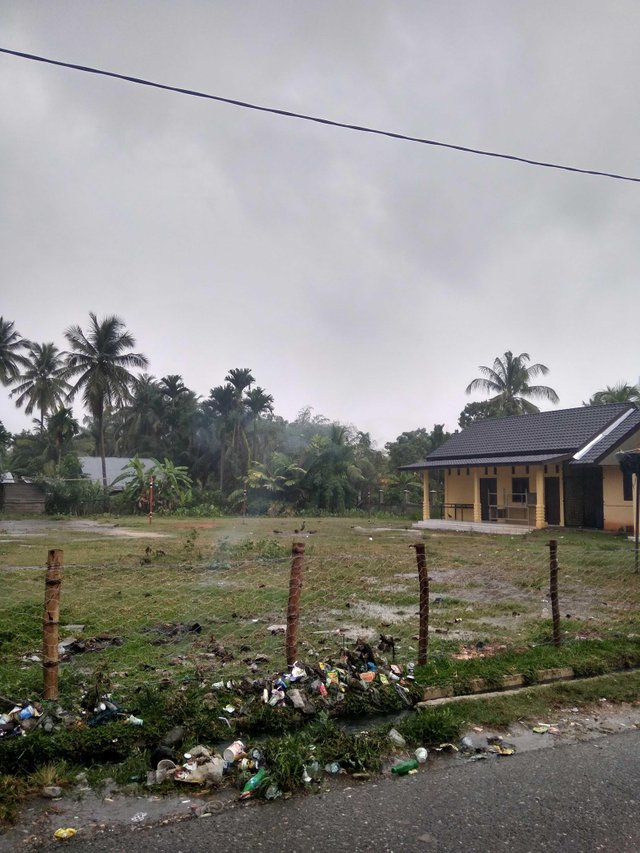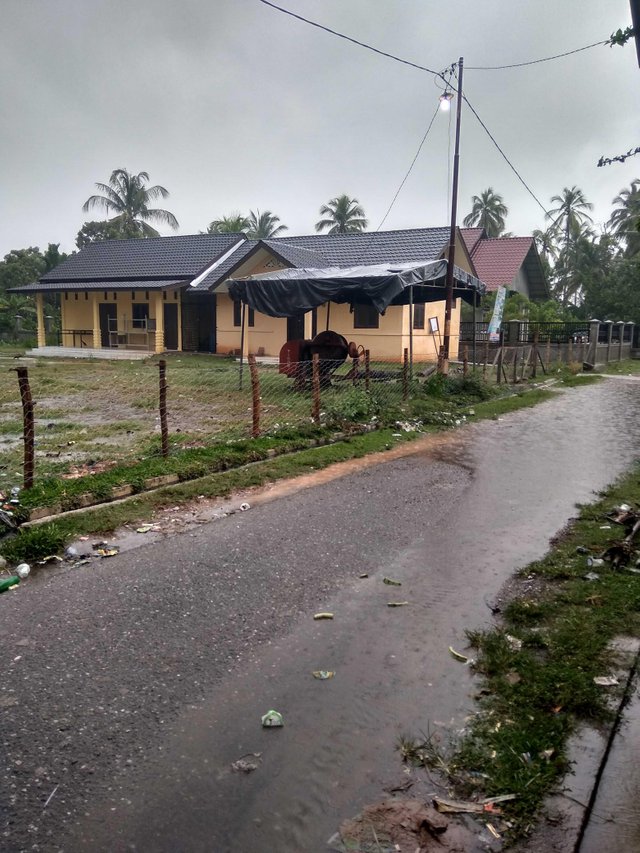Rain🌧️🌧️🌧️

Rain is a form of liquid form, in contrast to non-liquid rain like snow, ice cubes and crevices. Due to the mild atmospheric climate it can be used beneath the melting point of ice near and above the Earth's surface. On Earth, is the process of condensing air gas into the air which is heavy enough to fall and arrive on land. Two possible processes can be used for cold weather, ie air cooling or air-to-air enhancement. Virga is a compound that falls to Earth but evaporates before it reaches land; this is one way of saturation air. Precipitation is formed through collisions between air grains or ice crystals with clouds. Raindrops have different sizes ranging from precise, like pancakes (large grains), to small balls (small grains).

The humidity that moves beneath the zone of temperature and softness difference called front front is the main method in making rain. If at that moment there is enough moisture and upward movement, it will fall from the cloud as it can accumulate into a narrow rainbreak. In mountain zones, heavy rain can occur if the flow above rises at narrow altitudes and condenses and falls as rain on the side of the mountains. On the lower side of the mountain breeze, the climate can happen: The dry air caused by the flow of the lower valley that connects air and air. The movement of monsoon trumps, or intertropical convergence zones, brings rain to a savanna climate. Rain is the largest part of the world, providing conditions suitable for ecosystem diversity, as well as air for hydroelectric power plants and fields. Rainfall is worth using a rain gauge. The amount of rainfall is calculated actively by Weather radar and passively by Weather satellites.